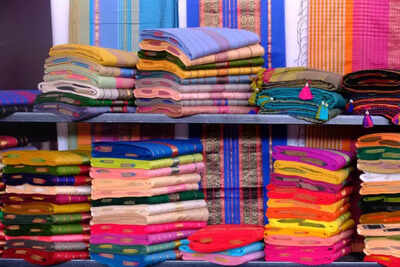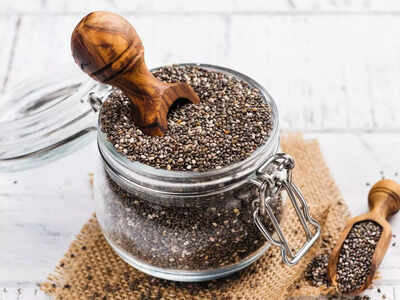There’s something about a handloom saree that no designer label or factory-made fabric can ever replicate. Maybe it’s the warmth of the weaver’s hands, the rhythm of the loom, or the quiet pride of wearing something made slowly, with love. On National Handloom Day, celebrated every year on August 7, we celebrate not just our textiles but our identity, our roots, our mitti ki khushboo.In a world rushing toward fast fashion, handloom stands still. It reminds us to pause, breathe, and hold on to what’s truly ours. We have seen these sarees in our mothers’ trunks, in black-and-white wedding photos, and now thankfully, on modern women who mix tradition with confidence.This year, we’ve rounded up 10 handloom sarees from across India that every Indian should own at least once in their life. These aren’t just garments – they are stories, legacies, and a gentle rebellion against the ordinary.
Kanjeevaram (Tamil Nadu): The eternal queen
If elegance had a name, it would be Kanjeevaram. Woven with pure mulberry silk and rich zari borders, it’s the saree every South Indian bride dreams of. It’s not just about the weight or shine, it’s about centuries of culture wrapped around you.
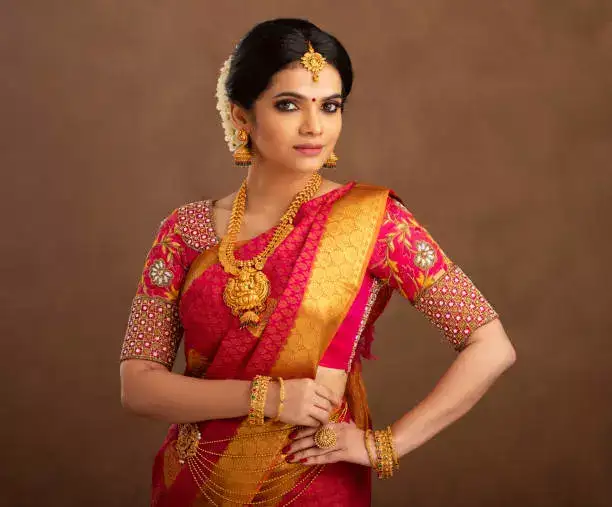
One drape, and you feel royal. Every single time.
Jamdani (West Bengal): The whispering muse
Soft, dreamy, and handwoven with love, Jamdani sarees are like poetry in motion. The tiny motifs aren’t printed or embroidered, they are woven by hand, thread by thread. It’s delicate, it’s detailed, and honestly, it feels like wearing a sigh.
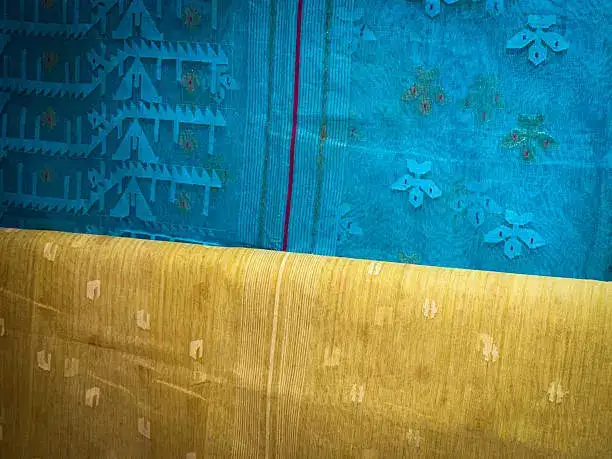
Perfect for hot Indian summers or intimate gatherings where less is more.
Chanderi (Madhya Pradesh): Light as a memory
If you have ever worn a Chanderi, you know what grace feels like. Feather-light with a subtle sheen, it’s sheer without being revealing, elegant without screaming for attention.
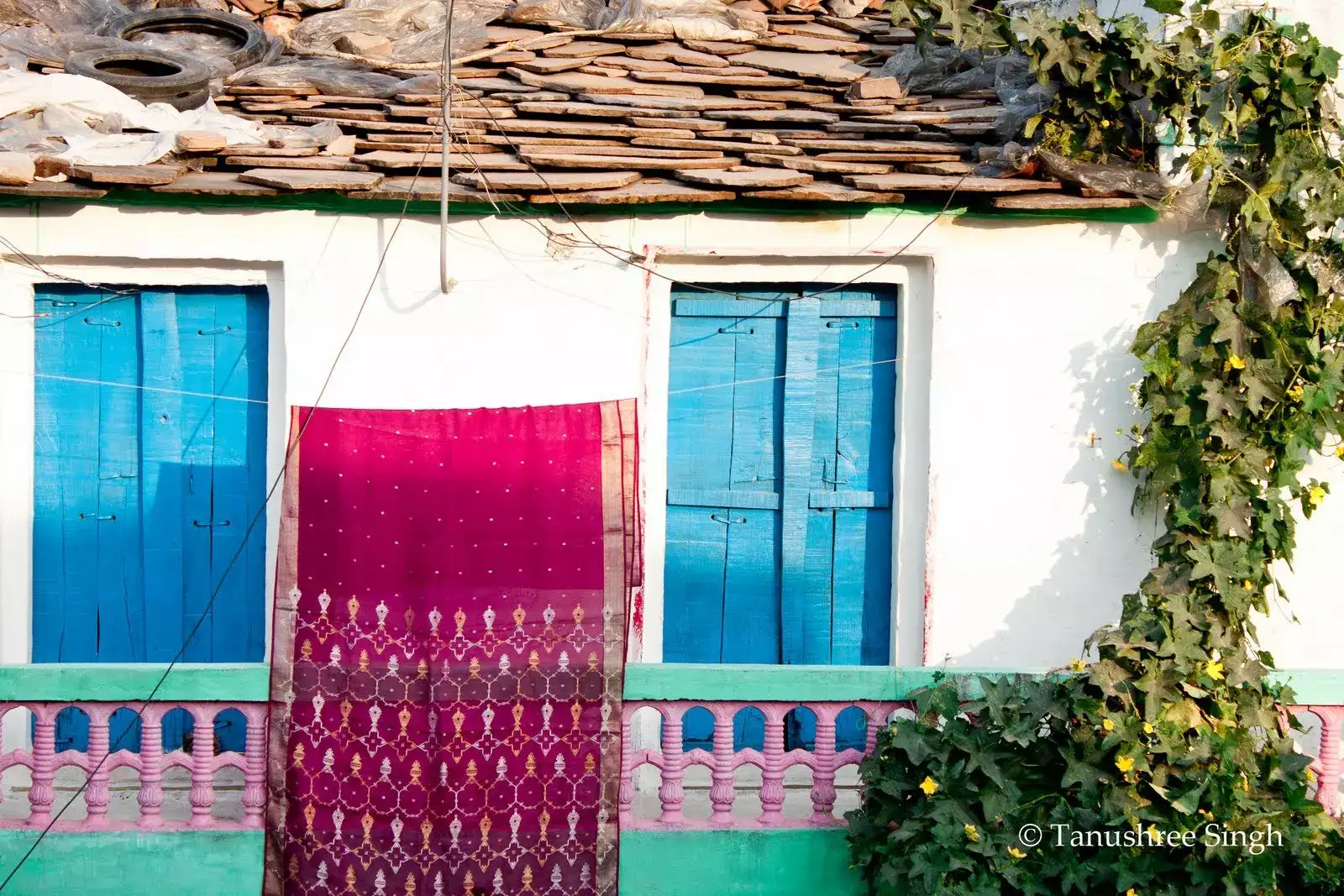
The classic motifs – peacocks, lotuses, coins feel like stories passed down quietly through generations.
Paithani (Maharashtra): Regal, always
Ah, the Paithani! With its peacock-strewn pallu and jewel-toned silk, this one is pure heirloom material. The real magic? It looks just as majestic on a grandmother as it does on a millennial bride.
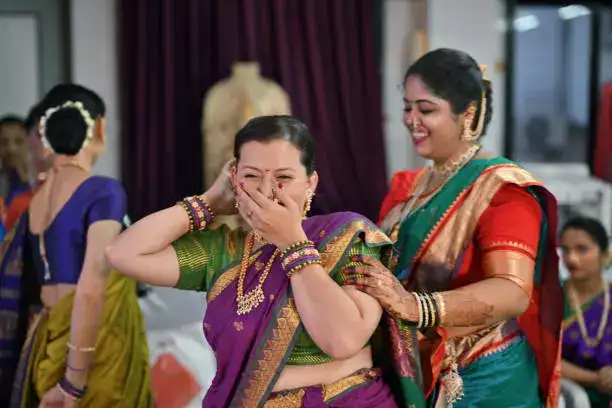
You don’t just wear a Paithani, you carry its history on your shoulders.
Pochampally Ikat (Telangana): Bold and brilliant
For those who like their sarees with a little attitude – Pochampally is it. Its symmetrical, geometric patterns and punchy colours make it the saree version of bold lipstick. It’s smart, versatile, and definitely not afraid to stand out.
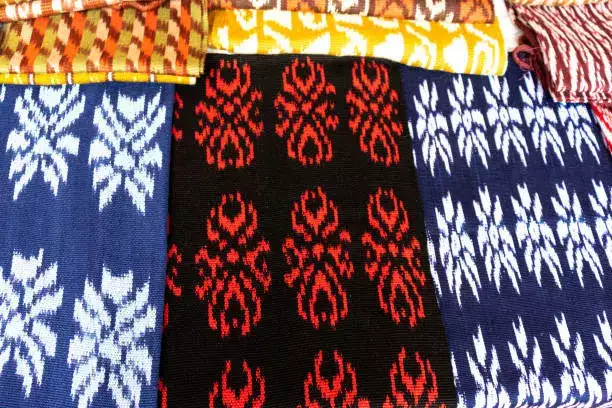
Plus, it pairs beautifully with silver jewellery and messy buns.
Banarasi (Uttar Pradesh): Drama in every thread
Nothing says Indian celebration quite like a Banarasi. Woven with real zari and covered in intricate Mughal-inspired motifs, these sarees are a whole mood. And while the bridal reds are iconic, we’re loving the dusty pastels and jewel tones that modern Banarasis now come in.
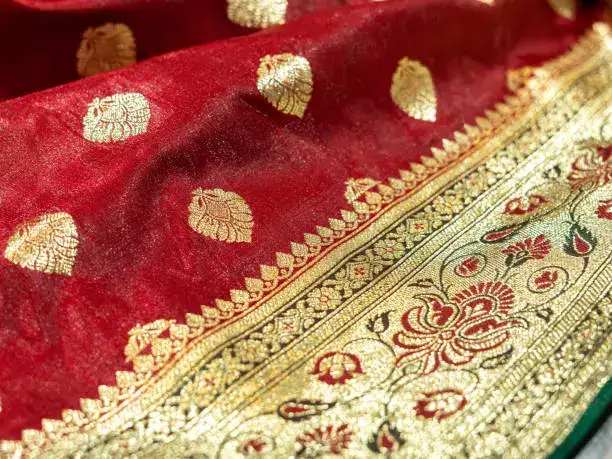
Tradition, but make it fashion.
Kasavu (Kerala): Where simplicity shines
There’s a quiet power in a white saree with a gold border. The Kasavu isn’t flashy, it doesn’t need to be. It’s worn with pride during Onam, temple visits, and family functions. But honestly, it’s the perfect saree for when you want to look effortlessly divine.
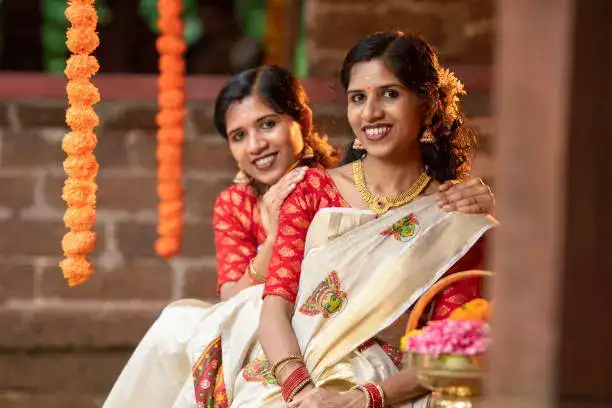
Add flowers in your hair and you’re a vision.
Muga Silk (Assam): Golden by nature
This one’s rare. And we mean truly rare. Muga silk, found only in Assam, has a natural golden glow that gets better with every wear. It’s luxurious without being loud.
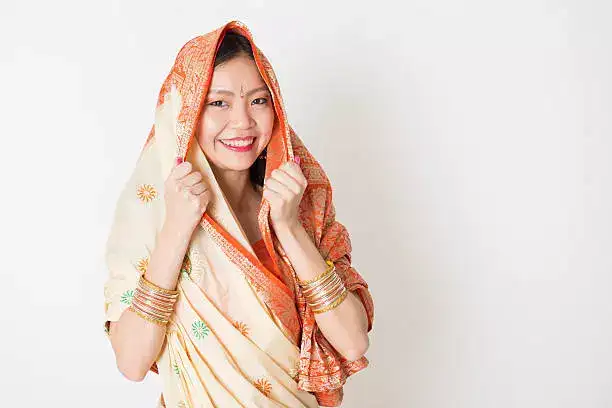
A Muga saree feels like something you’d wear once and remember forever.
Patola (Gujarat): A true treasure
If there’s a saree that deserves to be framed, it’s the Patola. The double ikat technique is so complex that just one saree can take months to finish. The patterns are mirrored perfectly on both sides – like magic. It’s pricey, yes.
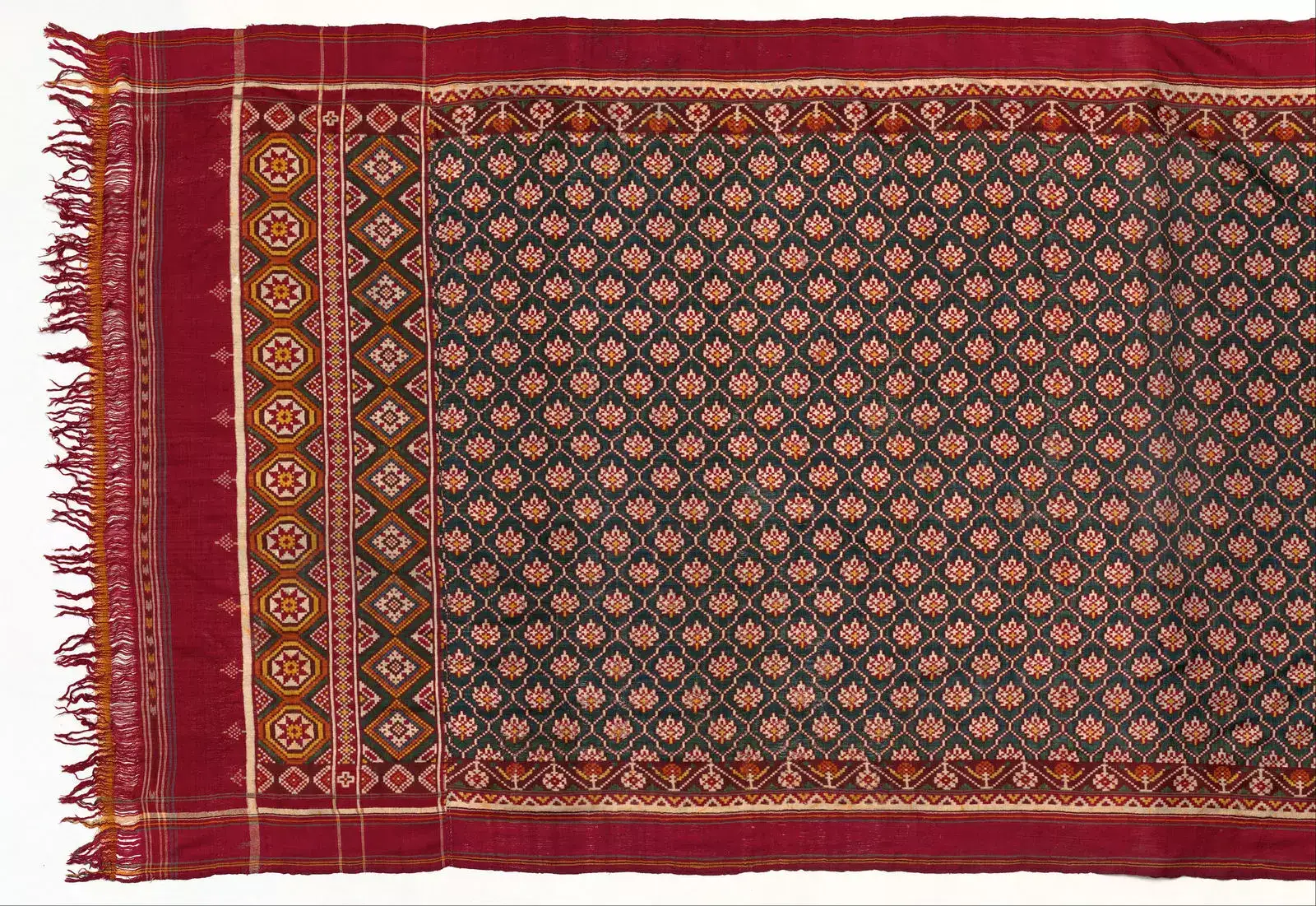
But it’s also a piece of textile art you’ll want to pass down to your daughter and granddaughter.
Ilkal (Karnataka): Understated and underrated
Everyday elegance, that’s Ilkal for you. Worn by women in Karnataka and parts of Maharashtra, it’s durable, comfortable, and beautiful in its simplicity. The deep red pallu and earthy tones give it a rustic charm that we absolutely love.
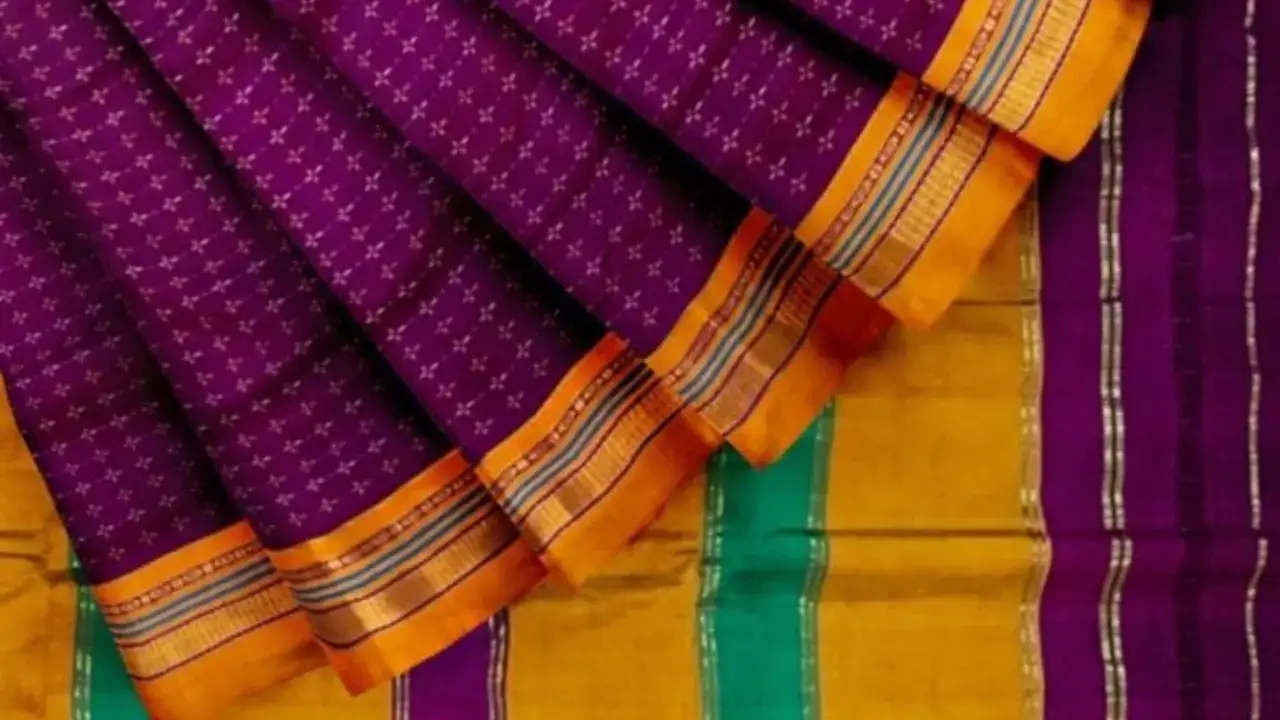
Pair it with glass bangles and a bindi, and you’re golden.
Let’s wear what we are made of
This National Handloom Day, let’s not just post tributes or stories, let’s wear our support. Let’s choose handloom sarees for weddings, office meetings, birthdays, and even lazy Sunday brunches. Let’s bring our heritage out of the cupboards and into the world.Because every time we wear a handloom saree, we honour the artisan who made it, the village that nurtured it, and the India we’re proud to belong to.And remember, when we wear handloom, we don’t just wear fabric. We wear history. We wear emotion. We wear India.

